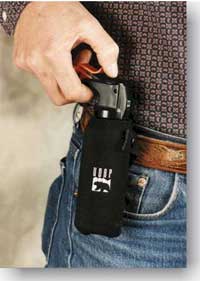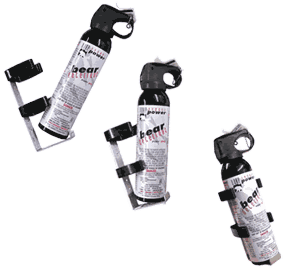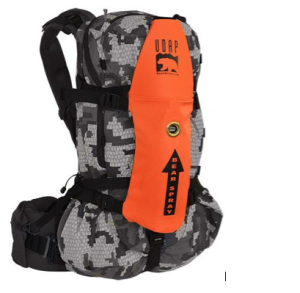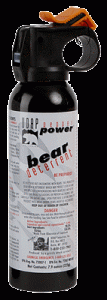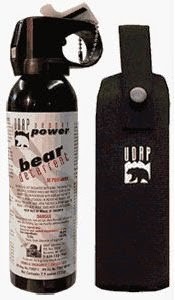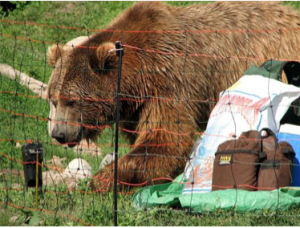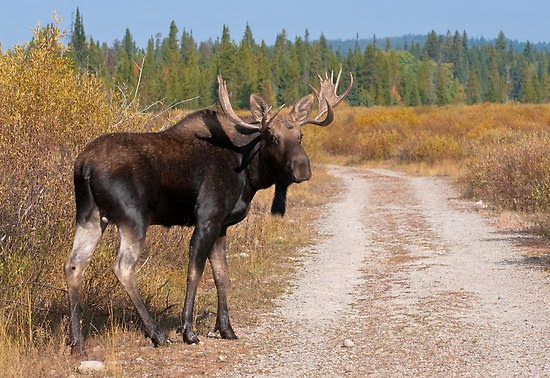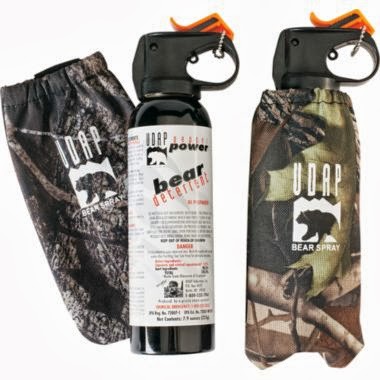Every hiker, camper, and hunter should carry something in his pack or on his person that can start a fire. Matches, flint, magnesium sticks, UDAP Bear Spray, etc., all are good options. But, what if a person in the outdoors has lost or left behind his tool to start fire, and they must start a fire in the backcountry in an emergency. While there are many ways to start a fire in an emergency, the Fire Plow Method is effective, although challenging it is challenging to get it just right. The fire plow method is effective because it allows a person to use nothing more then the friction of wood against wood to ignite a spark.
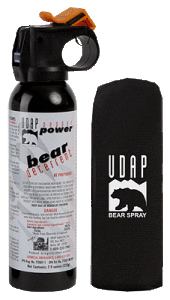
The Fire Plow method is only effective if a person has a cutting instrument. A knife, or, if no knife is present, a sharp narrow rock can be used for cutting. After gathering wood and tinder, prepare the plow. The plow is nothing more then a stick that is roughly one foot long, and one, to one and a half inches, wide. Use the cutting tool – knife or sharp stone – to carve a point into the plow at a forty-five degree angle. Also, a base made up of wood will have to be created. The base should be wider than the plow, sturdy and flat. Carve a flat spot into the base with the cutting instrument for stability, and carve a shallow groove at the width of the plow to give the plow a guide to be worked in. Put the plow into the groove and begin to work it back and forth along the track of the base. Once the wood on the base feels softer, or, possibly, there is smoke in the track, increase the pressure on the stick until a small ember forms over the wood. Slide the ember, carefully, onto a pad of tinder – dried grasses, etc. – and, when the ember begins to burn the tinder, slightly blow on the timber to increase the fire.
The Fire Plow method is difficult to perfect, and, if a person is relying on this method for starting a fire in the woods, practice should be intense and repetitive, careful and consistent. And as always, don’t forget your UDAP Bear Spray!
